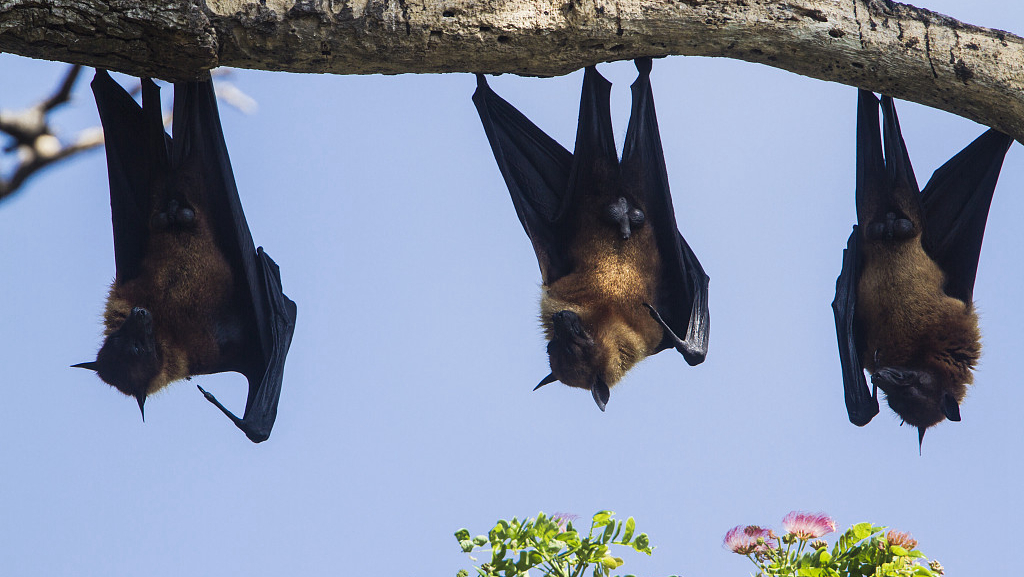In 2003, a global outbreak of the Severe Acute Respiratory Syndrome (SARS) caused over 8,000 cases and over 700 deaths in China.
The source of the virus was traced to a very common animal – bats.
Bats don't look cute, and sometimes, the nocturnal animal is portrayed as a symbol of darkness and horror. But the truth is, the animal is even scarier one would think.
They carry more than 60 viruses that affect humans, including coronaviruses, hantaviruses, rabies, Nipah, Lassa, Ebola and Marburg viruses.
The bats themselves are resistant to the viruses but can easily spread them to human beings. In fact, they can do it more efficiently than rodents. Bats carry more zoonotic viruses per species, and each virus is shared with more species.

As the only mammal species that can fly, their high mobility, broad distribution, long life spans and social behavior make them favorable hosts and vectors of disease.
They are controversial animals because although they are carriers of disease themselves, they can help slow the spread of insect-borne diseases. A single bat can consume up to 1,000 mosquitoes in an hour.
In many cultures across Africa, Asia and the Pacific Rim, bats are used as food.
(If you want to contribute and have specific expertise, please contact us at nature@cgtn.com.)